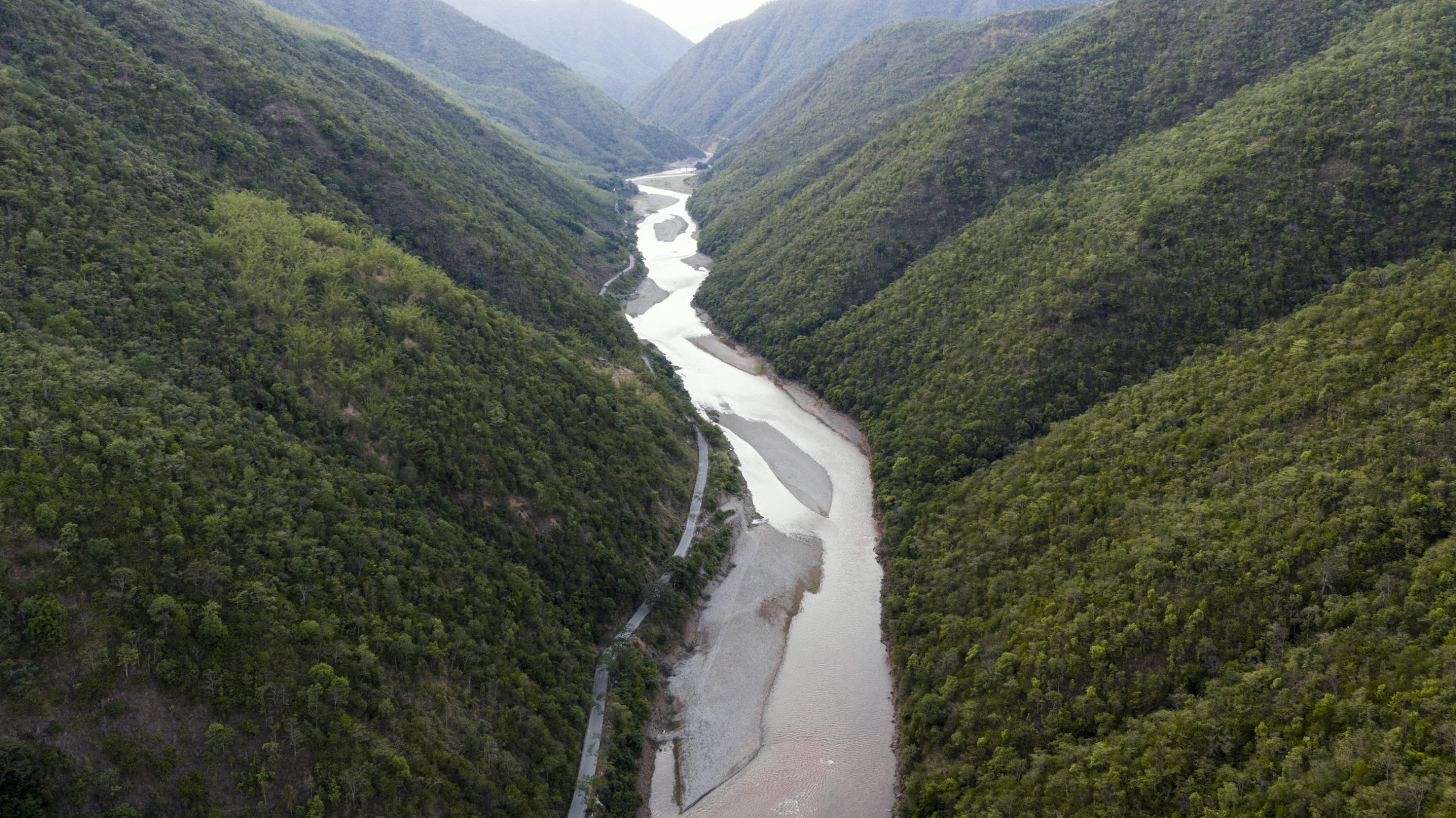
Campaigners following UN negotiations towards a global deal to protect nature are concerned that updated proposals contain the same flaws as the failed Aichi biodiversity targets they seek to replace.
The negotiations, under the UN Convention on Biological Diversity (CBD), are drawing up a new international framework to stem the loss of biodiversity and degradation of ecosystems, which scientists have warned is accelerating, and causing a sixth mass extinction.
The whole process has been delayed by the pandemic, including the final meeting to agree a deal, known as COP15, which was originally scheduled to take place this October in Kunming, China, but has now been postponed. Online events were held this week to update stakeholders, and to share several new documents, including a revision of the goals and targets outlined in January’s “zero draft”.
Land development, and degradation
A goal to increase protected areas on land and sea from the Aichi target of 17% to at least 30% remains in the text. “The target reflects the best and overwhelming science, and it’s really positive to see it included,” says Michael Degnan, deputy director at the Campaign for Nature.
However, a reference in one of the zero draft targets to achieving a “net increase in area, connectivity and integrity” has been removed, which Linda Krueger, senior policy advisor at The Nature Conservancy, says is a “big disappointment”.
The inclusion of this element was vital to tackle the loss of habitat from development, one of the biggest causes of biodiversity loss, she says. “You absolutely need some explicit goal that society is going to address this, because so many ecosystem types have already experienced high rates of development,” she says.
If the loss of land to development is not dealt with, natural ecosystems will continue to degrade and shrink, even if protected areas were expanded, because the protected areas would merely move the development elsewhere, she says. This could be the transformative element of the deal, but it is missing, she adds.
Human health, an afterthought?
The new text has also added human health, in relation to ensuring that trade and use of wild species of fauna and flora is legal, at sustainable levels, and safe for both human health and biodiversity.
But this has not impressed campaigners. “The CBD is the best process to directly respond to the current public health crisis because it very likely originated in the lack of balance in nature, and the CBD has a role to restore that,” says Li Shuo, senior global policy advisor for Greenpeace East Asia.
“But I don’t think people have figured out how to land the opportunities presented by Covid-19 to the Kunming negotiations, which would enable the CBD to demonstrate that the global community has made a difference in preventing zoonotic disease,” he says.
Krueger adds: “They’ve sprinkled the word ‘health’ in a few parts, but I’m not sure there’s anything that would be compelling enough to drive the biodiversity agenda.”
Degnan said, however, that he understood future negotiating sessions would explicitly address the links between human health and exploitation of biodiversity, and that the scientists on the Intergovernmental Science-Policy Platform on Biodiversity and Ecosystem Services were producing a major report on the issue in the autumn, to help inform the CBD.
The updated text also contains new milestones for 2030 that are intended to enable progress towards the overall 2050 vision of “living in harmony with nature” to be measured along the way. This will enable the CBD to take action if milestones are not being met, Basile van Havre, co-chair of the Open-ended Working Group on the Post-2020 Global Biodiversity Framework of the CBD, told delegates attending one of the online events this week.
There could be a “global stocktake” to assess progress under the milestones, he suggested, and added the CBD process would be exploring when and how often this could happen through the ongoing negotiations.
The group’s second co-chair, Francis Ogwal, added that it would be important to consider to what extent a lack of capacity and resources was the reason for a country not meeting its milestones.
Limited time to finalise the package
Questions have been raised about the negotiation process under the CBD. There are only two remaining face-to-face meetings that need to take place before COP15. One will be for the Open-ended Working Group, where parties to the convention carry out the main negotiations. While the other will be more technical meetings by subsidiary bodies consisting of scientists and policy experts.
But the updated goals and targets will now not be negotiated by the subsidiary bodies, despite there being consensus at the last meeting of the Open-ended Working Group that they should be, according to Li Shuo of Greenpeace.
“We only have two meetings before the COP to finalise the package. When the subsidiary bodies reconvene, people will be risking their lives to be there to negotiate. If you don’t allow them to discuss goals and targets, then why are they there?” he says.
This has raised questions about whether there will be sufficient time to agree targets, implementation and finance in a single meeting. But van Havre told the webinar that the current global health emergency had given the CBD more time, and that it was trying to increase the amount of preparation in the meantime.
Degnan was more optimistic, saying that although there was a lot to be done, there were plenty of meetings before and after the main negotiation sessions where detail could be discussed.
Overall, Li is disappointed with the updated targets. “I have a déjà vu feeling compared with Aichi. When I read it, I don’t know who is required to do what, how and by when.”
Krueger concurs, saying that there is no new content that would make the deal transformational for nature. “A lot of the targets are just rewording from what was in Aichi. They might have new figures in brackets which aim to be more ambitious, but there’s nothing transformative.
“Aichi wasn’t bad – we made some progress, but the hard targets weren’t achieved. How can we make this new agreement more effective? To spend hours and days of negotiating sessions tweaking the Aichi targets is not what’s going to make that change,” she says.












Đăng nhận xét